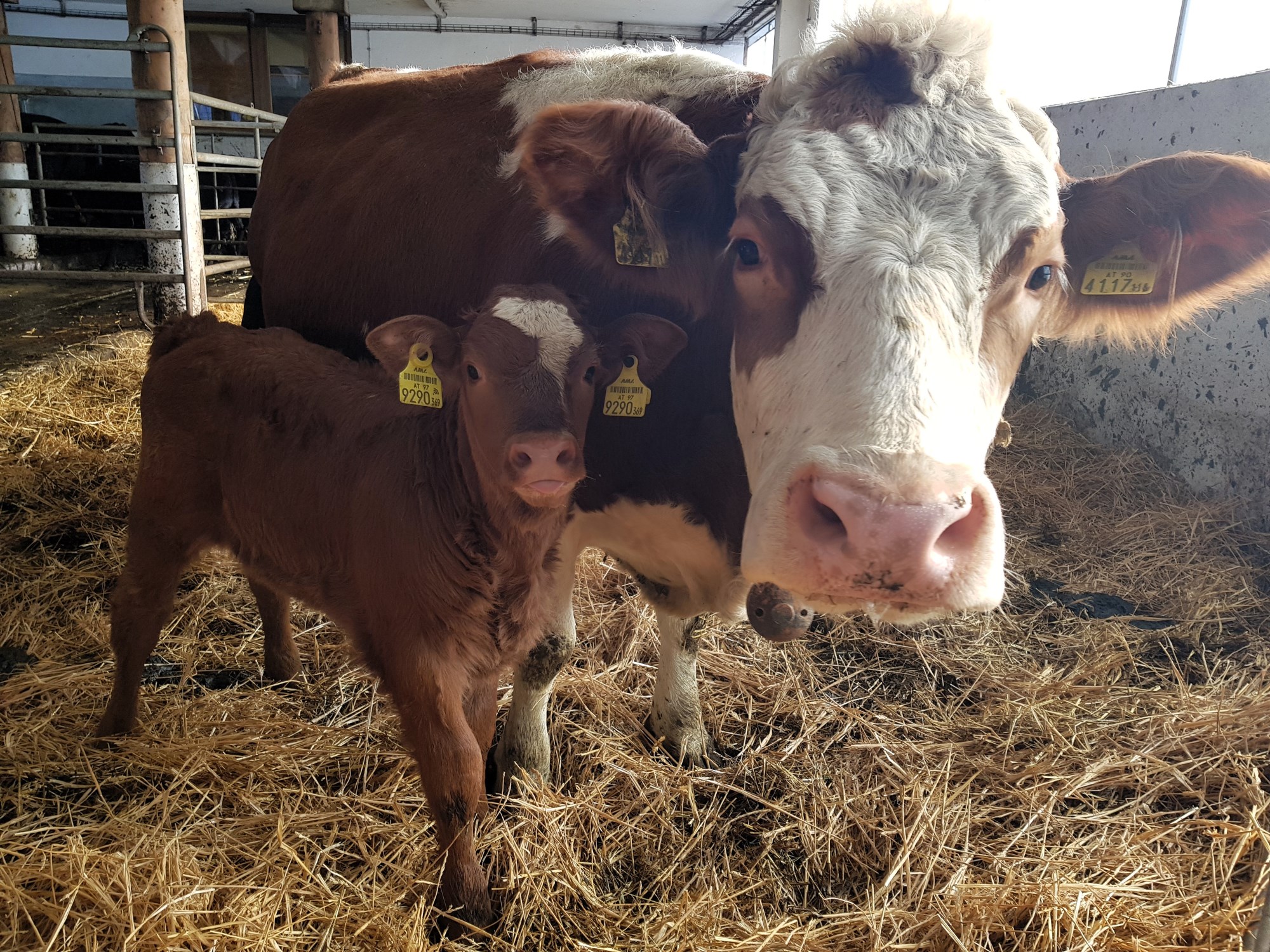Since almost two thirds of the annual direct benefits come from the sale of the calf, it must be possible to sell one calf per cow per year - usually through established organic young cattle programs that enable better returns. In order for this to be successful, the mother cow itself plays a crucial role - in addition to the feed base and the genetics of the father animal.
The ideal mother cow should be problem-free and long-lived, as well as have good functional characteristics (udder, hoof health, calving ease, maternal instinct, etc.). In addition to a sufficiently good milk production, it should not be particularly large or heavy, because the cow's maintenance needs reduce area productivity and thus also economic efficiency. Targeted crosses between dairy and meat breeds could represent a useful and also economically attractive alternative to purebred suckler cows.
Due to the heterosis effect, the performance and vitality or fitness of crosses (hybrids) Crossings would make sense – as part of cooperation – particularly in grassland areas, where suckler cows are kept in addition to dairy cattle.
In a long-term research project with suckler cows at the HBLFA Raumberg-Gumpenstein, the suitability of cross-bred cows as suckler cows was investigated. You will find out more about the results in this podcast conversation and also at the 51st Livestock Industry Conference 2024, which will take place on March 20th and 21st, 2024 at the HBLFA Raumberg-Gumpenstein. Stop by or just watch and listen:
In conversation with Dr. Andreas Steinwidder tells Johann Häusler about suckler cows and how results can be improved through targeted mating.








